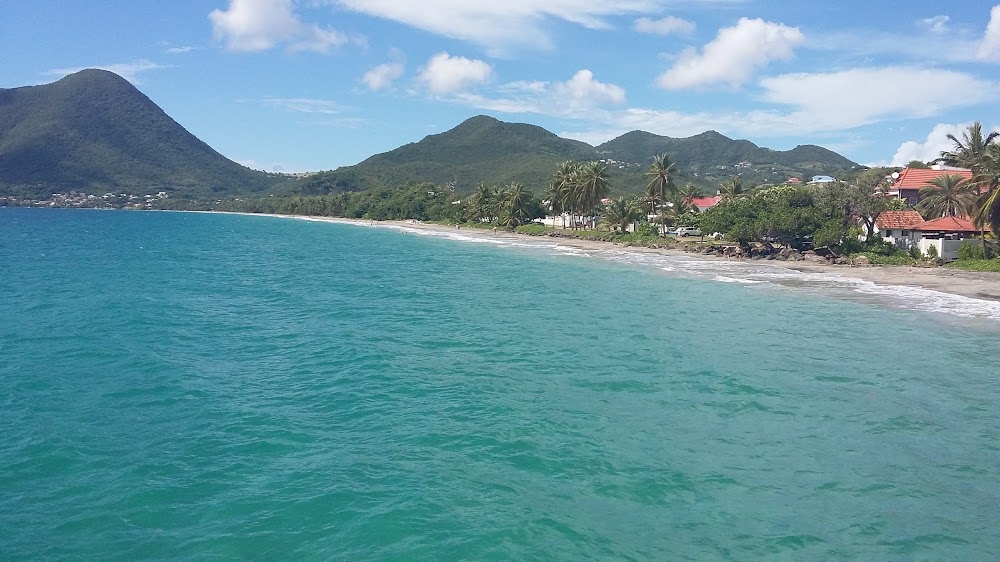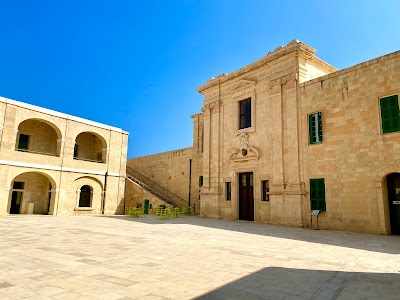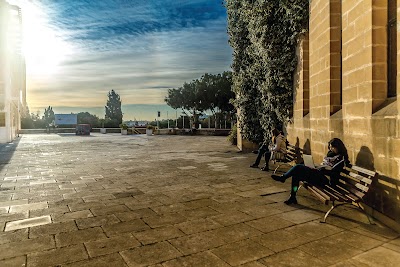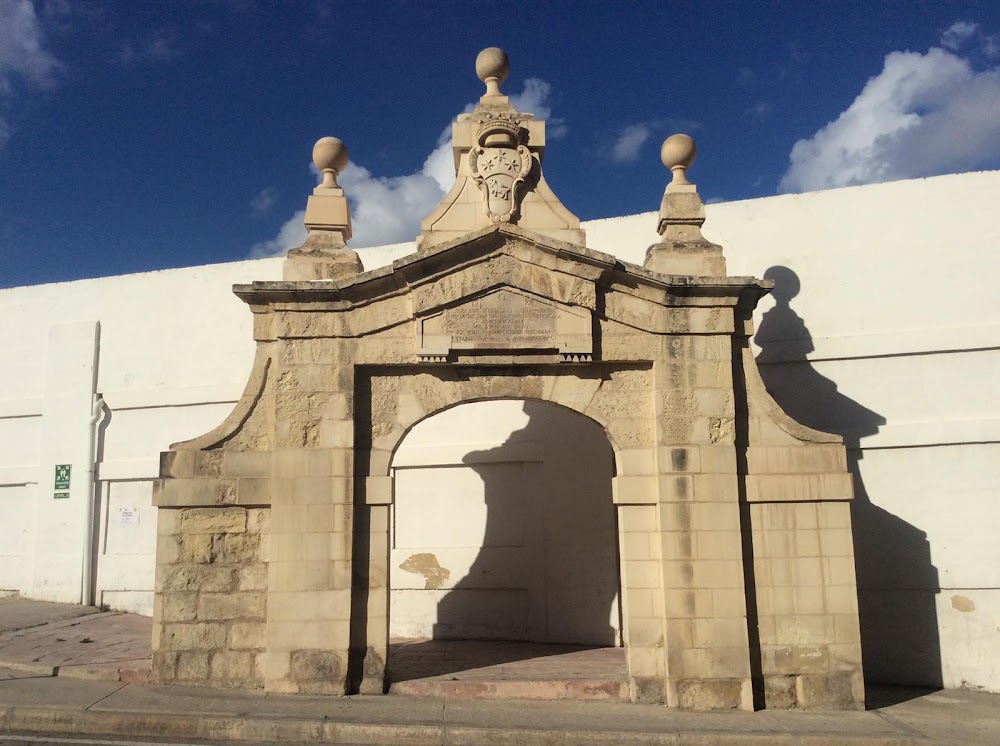Anse Cafard Slave Memorial (Mémorial Cap 110)
Overview
The Anse Cafard Slave Memorial is a deeply moving tribute situated in the picturesque landscape of Gżira, on the Caribbean island of Martinique. This striking monument commemorates the tragic shipwreck of 1830, which led to the loss of many African slaves who were being forcibly transported to the Caribbean. The memorial serves as a powerful reminder of the painful history associated with the transatlantic slave trade.
Designed by the acclaimed Martinican artist Laurent Valère in 1998, the memorial features fifteen large, white stone statues that evoke a profound emotional response. Each statue stands approximately 2.5 meters tall, facing the sea—a poignant representation of the slaves' final journey and their enduring connection to their homeland across the ocean. The sculptures embody the suffering and resilience of the enslaved Africans, inviting reflection and contemplation.
Valère aimed to create a space for both locals and visitors to honor the memory of those who perished and to confront the atrocities of the past. His vision was driven by a desire to preserve history and educate future generations about the brutal realities of the transatlantic slave trade. The memorial serves as a vital educational resource and a place of remembrance.
The statues are arranged in a triangular formation, symbolizing the historical triangular trade that linked Africa, the Americas, and Europe. Their downward-tilted heads and solemn postures convey a sense of immense sorrow, dignity, and strength, further enhancing the emotional weight of the memorial.
Constructed from reinforced concrete, the statues are designed to withstand the harsh coastal environment, ensuring their longevity. The stark white color of the sculptures contrasts dramatically with the lush surroundings, making them a striking landmark atop the hills of Anse Cafard.
The memorial's location is both deliberate and significant. Anse Cafard marks the site where, during the fateful night of the shipwreck in 1830, a slave ship collided with the nearby Diamond Rock. Those who survived the wreck faced the grim reality of enslavement in Martinique. This tragic event remains etched in the collective memory of the island, and the placement of the memorial serves to acknowledge and honor this somber history.
In addition to its historical importance, the Anse Cafard Slave Memorial has become a vital cultural landmark. It regularly features in educational programs and serves as a focal point for commemorative events that promote human rights and the fight against slavery. Visitors, both local and international, come to pay their respects and reflect on the enduring impact of the transatlantic slave trade.
Through the Anse Cafard Slave Memorial, Laurent Valère has created a space that stands as both a haunting reminder of the past and a beacon of resilience. It honors the memory of those who lost their lives while symbolizing the indomitable human spirit amid one of history's darkest chapters.









